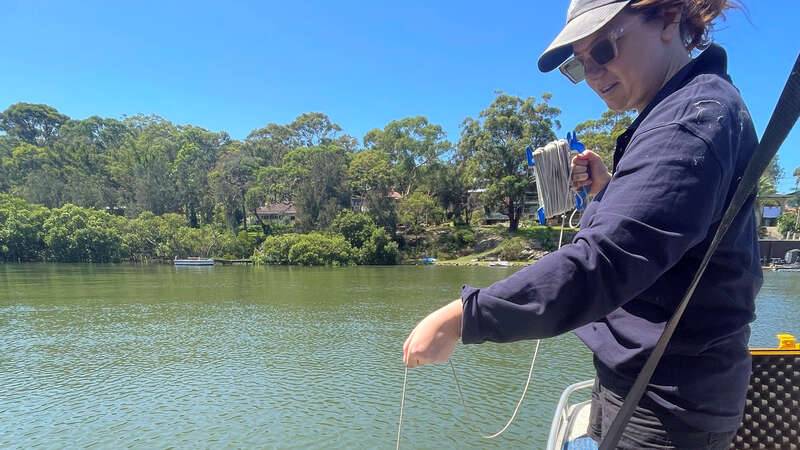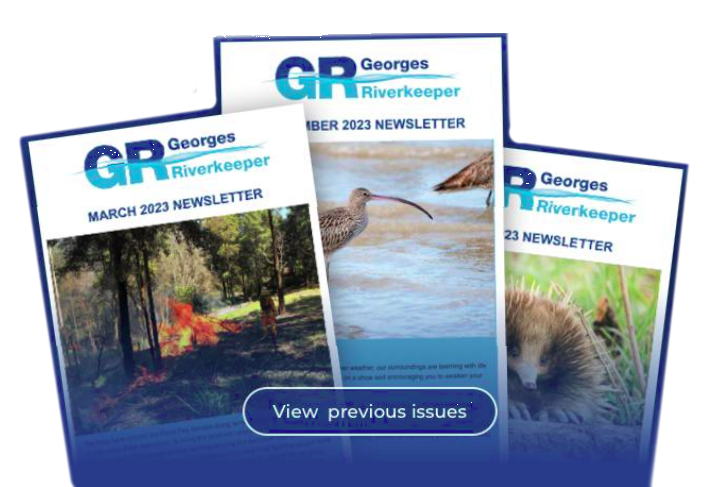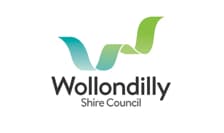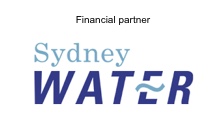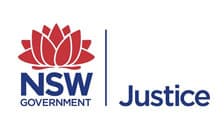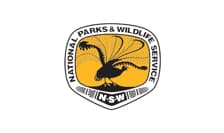Decline in compliance signals need for builders to get their sites right ahead of more wet weather forecast
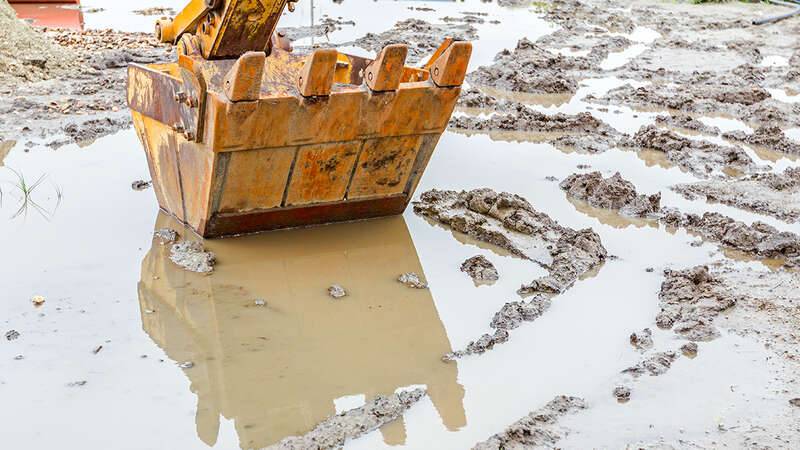
With higher-than-average rainfall predicted for Sydney and much of NSW over the next few months, developers and builders are urged to install and maintain best-practice erosion and sediment controls on their sites to prevent runoff from polluting local waterways.
Forecasts from the Australian Government Bureau of Meteorology show a high chance (greater than 80%) of above median August to October rainfall for much of the eastern two-thirds of the mainland.1
The call for improved site controls comes following the results of the May Get the Site Right inspection blitz that showed a nine per cent reduction in compliance rates compared to the November 2021 campaign.
During the month-long campaign, 22 councils across NSW inspected 785 sites, 87% of which were small to medium developments. Of those sites where the compliance was recorded, 54% were found to be compliant. A total of $212,412 in fines was issued for offences that ranged from uncovered stockpiles and loose rubbish on site, discharge of sediment laden water into the gutter, and no Principal Certifying Authority (PCA) signage on site.
For sites that were inspected more than once, there was almost a two third’s improvement (64%) in compliance. Three quarters (75%) of sites managers who were present at the time of inspection were considered to have a good understanding of erosion and sediment controls.
As part of the campaign, the Department of Planning, and Environment also undertook site inspections of state significant developments including residential sites, schools, rail and linear infrastructure projects.
NSW Environment Protection Authority (EPA) officers once again arranged joint inspections with council regulatory staff to observe and provide advice on compliance issues.
NSW EPA Director Operations, James Goodwin said the drop in compliance was concerning given the amount of runoff that has already flowed into local waterways due to the extreme wet weather earlier this year, and the possibility of more rainfall.
“While we understand it can be difficult to contain runoff caused by the unprecedented amount of rainfall, developers and builders should not become complacent.
“With more rain forecast over the coming months, we are encouraging all workers to follow best-practice erosion and sediment controls on-site.
“Keeping a well-maintained site not only prevents sediment runoff from polluting our waterways and harming marine life, but it can also save builders thousands of dollars by preventing building materials from being washed away during rainfall.”
Georges Riverkeeper Program Manager, Scott Reyes, said residents in the Georges River catchment are experiencing the third La Niña in a row so we know this summer is going to be wet with an increased chance of flooding.
“This Blitz is a timely reminder to clean up and maintain building sites and increase efforts to prevent runoff, litter and other pollutants from entering our creeks and rivers.”
A follow-up inspection blitz week will be held from 17-21 October.
Now in its seventh year, Get the Site Right is a joint program between the Cooks River Alliance, Georges Riverkeeper, NSW Department of Planning and Environment, NSW Environment Protection Authority, Parramatta River Catchment Group, Sydney Coastal Councils Group, WaterNSW and NSW councils.
Councils that participated in the May 2022 campaign: Bayside City Council, Blacktown City Council, Blue Mountains, Campbelltown City Council, City of Canada Bay, City of Canterbury Bankstown, City of Parramatta, City of Ryde, Cumberland City Council, Fairfield City Council, Georges River Council, Goulburn Mulwaree Council, Hunter’s Hill Council, Inner West Council, Liverpool City Council, North Sydney Council, Northern Beaches Council, Randwick City Council, Sutherland Shire Council, Willoughby City Council, Woollahra Municipal Council and Wollondilly Shire Council.
Members of the public are encouraged to report pollution incidents, including poor sediment control, to their local council or the EPA’s 24/7 Environment Line on 131 555.

